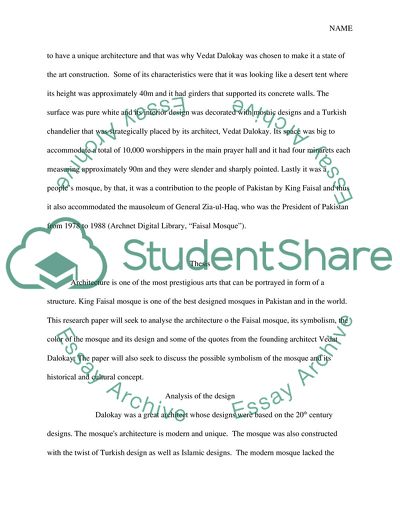Cite this document
(Faisal Mosque in Pakistan Essay Example | Topics and Well Written Essays - 2500 words, n.d.)
Faisal Mosque in Pakistan Essay Example | Topics and Well Written Essays - 2500 words. https://studentshare.org/architecture/1800485-writers-choose
Faisal Mosque in Pakistan Essay Example | Topics and Well Written Essays - 2500 words. https://studentshare.org/architecture/1800485-writers-choose
(Faisal Mosque in Pakistan Essay Example | Topics and Well Written Essays - 2500 Words)
Faisal Mosque in Pakistan Essay Example | Topics and Well Written Essays - 2500 Words. https://studentshare.org/architecture/1800485-writers-choose.
Faisal Mosque in Pakistan Essay Example | Topics and Well Written Essays - 2500 Words. https://studentshare.org/architecture/1800485-writers-choose.
“Faisal Mosque in Pakistan Essay Example | Topics and Well Written Essays - 2500 Words”. https://studentshare.org/architecture/1800485-writers-choose.


